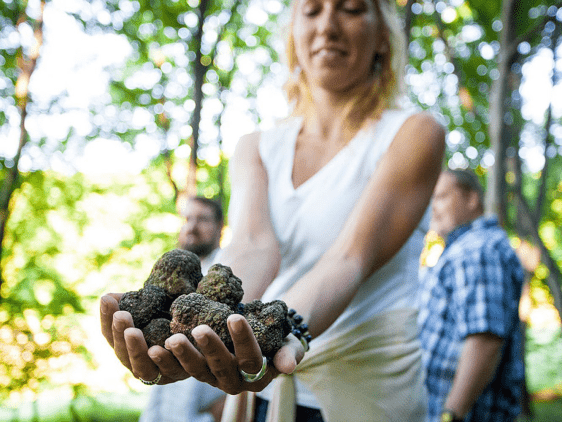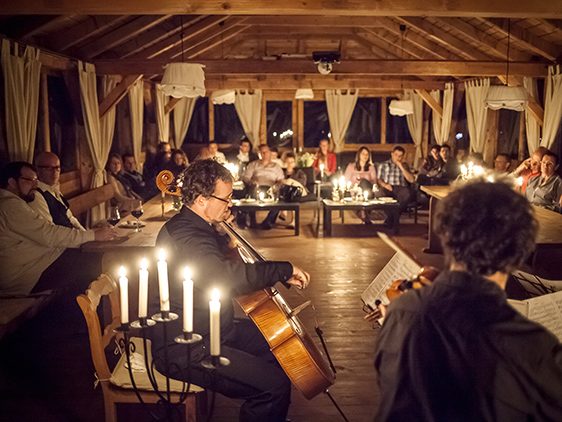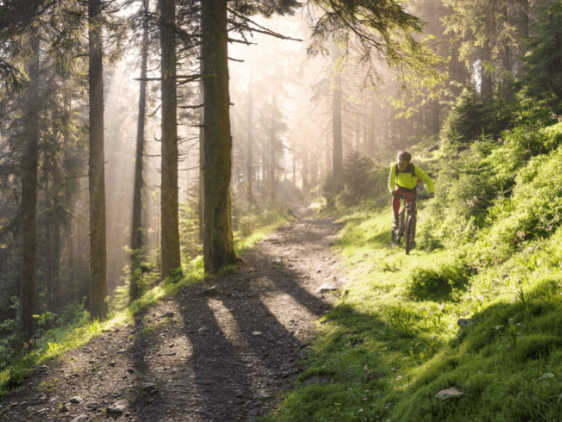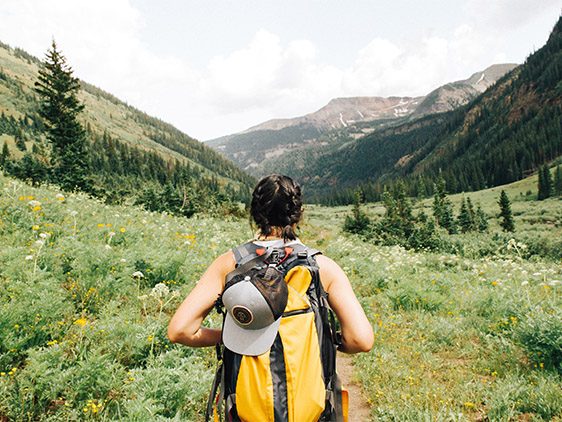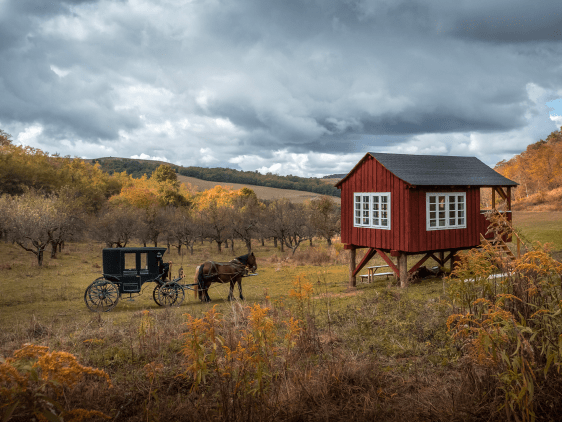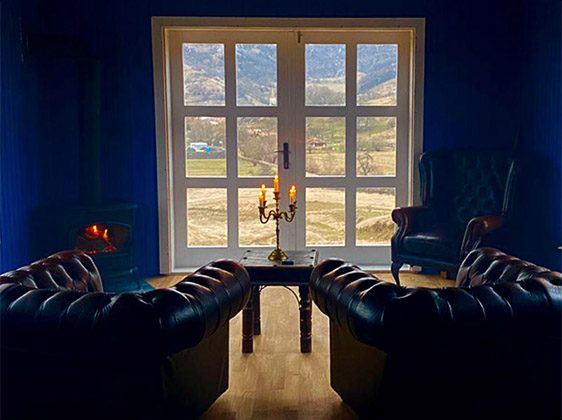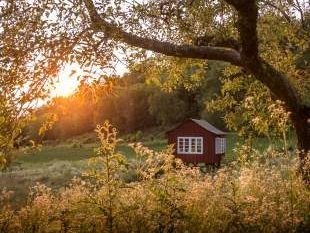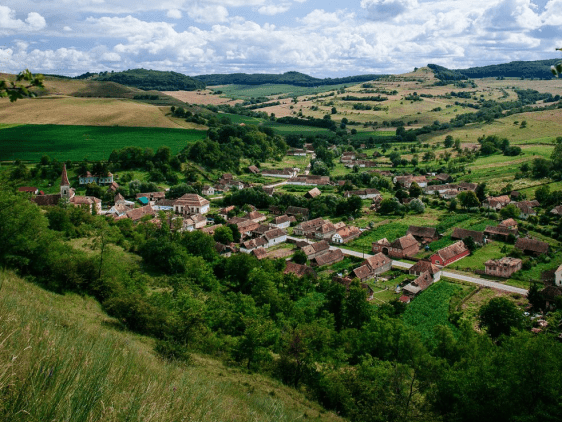We love truffles and we really like the recipes we can include them in. From breakfast we will pamper you with dishes that include these Transylvanian treasures.
For the past 10 years, we have accompanied our guests on a truffle hunt in the woods near the village of Cund.
But as talented as our dogs that help us hunt, these mushrooms are just as hard to find. For, yes, truffles are underground fungi, which occur as a result of a natural process of symbiosis, called mycorrhiza, between the roots of the host tree and the mycelium of some fungi. Following this symbiosis, the newly appeared fungus borrows from the tree the color, smell, taste and part of the vitamins. Truffles are formed around certain species of trees: hazelnut, pine, hornbeam, poplar, oak or beech, at a depth of 5-40 cm. Therefore, truffles can only be found with the help of specially trained dogs, such as the two companions with whom we go hunting with our guests!

Truffles grow in different shapes and colors. They can be shaped like a potato tuber, round or ovoid. And the top coat can be dark, black-blue, black-brown, purple or white. Truffles range from 4-12 cm in diameter and weigh 100-200 grams (truffles up to 1 kg have been found).
What are the main species of truffles found in our area?

Black summer truffle (Tuber Aestivum Vittadini) is also known as short summer truffle or summer truffle. They appear in early summer and can be harvested from early July to September. It is the most widespread variety, being found throughout Central Europe, in Great Britain, and in Romania it is found in the central area and in Transylvania.
The summer truffle has a very subtle smell and taste and is found close to the surface of the forest floor. The interior is almost white, with faint marbling, and the gastronomic value is due to its subtle aroma, although a beautiful pasta with summer truffles can be a wonderful delight on a hot summer day.

Burgundy truffle (Tuber Uncinatum) is a variety of summer truffle, which can be found in the second half of the year, between September and January (sometimes even until March). Depending on the weather, this truffle retreats deeper into the soil the colder it gets and is at its peak from mid-October to mid-November. Its interior has a fine marbled black interior, but the skin has a rough feeling similar to that of a summer truffle! The smell of this truffle is very aromatic, and the taste is reminiscent of nuts or hazelnuts, being very delicate and distinct.
The Périgord truffle (Tuber Melanosporum) begins to form in early spring, but can only be harvested in late autumn until January. The Périgord truffle has a dark exterior, black-bluish, brown-purple-blackish to black-brown. The smell of such a truffle is very aromatic, earthy, sometimes resembling a strawberry or dried fruit, the taste being very intense and extremely tasty.

Winter truffle (Tuber Brumale), also called black winter truffle, autumn truffle or bruma truffle, is found in abundance in Transylvania between November and March, mainly in December – January. Unlike other varieties, this truffle grows in diameter up to 2-3 cm (in rare cases up to 10 cm). The color is dark brown, almost black, but can also wear shades of dark blue. The smell of this truffle is reminiscent of nutmeg or musk, and the taste is very intense and tasty.
We have prepared a variety of experiences for our guests, all related to truffles. From short guided truffle hunting sessions, to a weekend dedicated to the black gold of Transylvania.
We are waiting for you at Valea Verde to find the best truffles together and to enjoy delicious truffle dishes!
